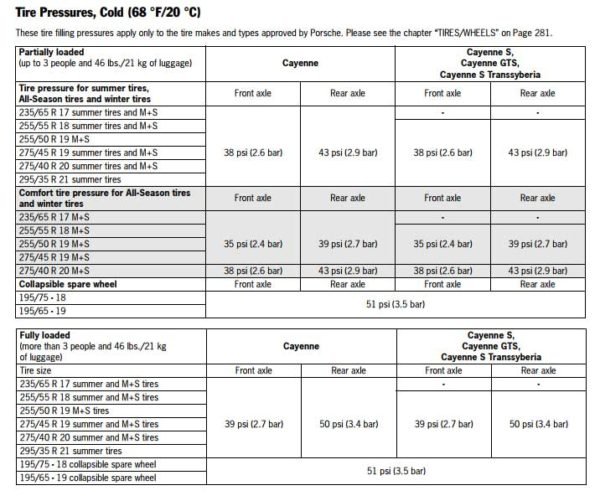Hi all,
First post here, thanks in advance for any guidance you can provide!
Bought a used Model S in April (2018 P100D). Since I'm in Michigan, I decided to get a winter tire setup, so this is my first year running them. I bought the 19" winter wheel/tire setup directly from Tesla but put them on the vehicle myself.
Ever since I swapped them in, I've noticed the ride is very rough. It isn't vibrating like it would if the wheels are out of balance (I actually just had that checked, just in case), but I feel every single bump in the road. It gets very uncomfortable.
I've tried playing with the tire pressure - Tesla says 42 psi on my summer tires. I think that's too high for my winter tires...I did some math based on some charts and got 35 psi to get the same load capacity, so that's what I'm running now. I'm not sure what I did is correct, though, so curious what I should be running them at. Regardless, it didn't make a big difference.
If it isn't tire pressure, what else could it be? Could the tires just be "harder" than the performance tires, regardless of pressure? If so, then I would think I'll always have a rougher ride on my winter tires. I can live with that if that's the case - not much I can do.
Could it be suspension related? The vehicle has air suspension...not sure how to evaluate it to see if it could be causing the ride issues.
The obvious answer would be to take it to Tesla for a service appointment, but that is very inconvenient for me since there isn't one close, so trying to understand if there is even something to be concerned with.
Thanks in advance!
Bill
First post here, thanks in advance for any guidance you can provide!
Bought a used Model S in April (2018 P100D). Since I'm in Michigan, I decided to get a winter tire setup, so this is my first year running them. I bought the 19" winter wheel/tire setup directly from Tesla but put them on the vehicle myself.
Ever since I swapped them in, I've noticed the ride is very rough. It isn't vibrating like it would if the wheels are out of balance (I actually just had that checked, just in case), but I feel every single bump in the road. It gets very uncomfortable.
I've tried playing with the tire pressure - Tesla says 42 psi on my summer tires. I think that's too high for my winter tires...I did some math based on some charts and got 35 psi to get the same load capacity, so that's what I'm running now. I'm not sure what I did is correct, though, so curious what I should be running them at. Regardless, it didn't make a big difference.
If it isn't tire pressure, what else could it be? Could the tires just be "harder" than the performance tires, regardless of pressure? If so, then I would think I'll always have a rougher ride on my winter tires. I can live with that if that's the case - not much I can do.
Could it be suspension related? The vehicle has air suspension...not sure how to evaluate it to see if it could be causing the ride issues.
The obvious answer would be to take it to Tesla for a service appointment, but that is very inconvenient for me since there isn't one close, so trying to understand if there is even something to be concerned with.
Thanks in advance!
Bill



